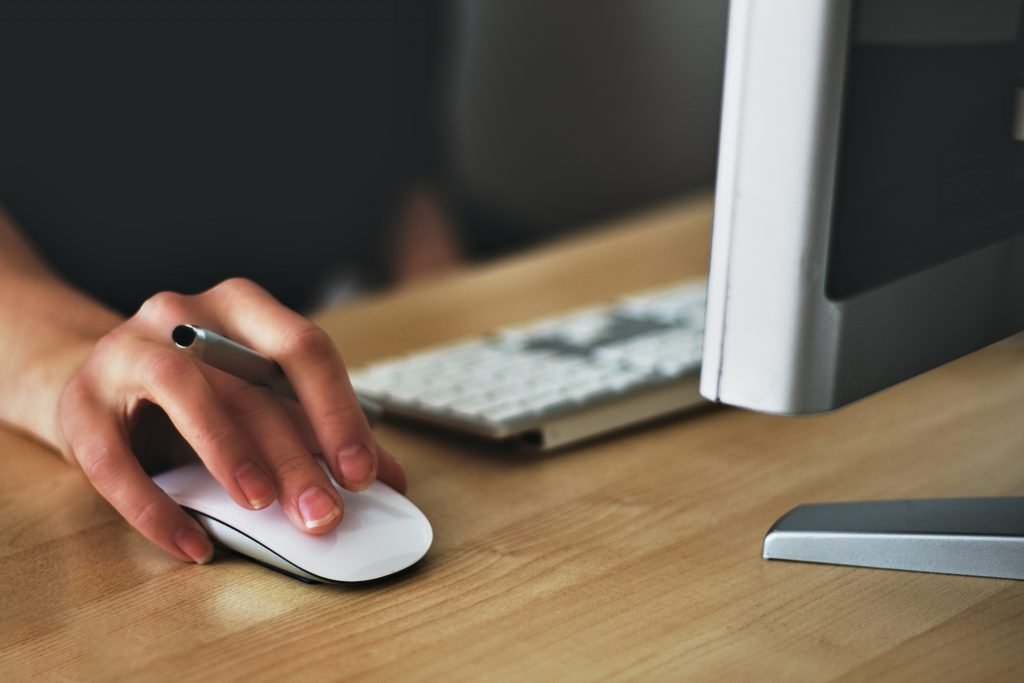
It doesn’t matter what you’re in the process of creating. Whether it’s a life-saving medical device or a microchip implanted in users’ skulls to usher in a Terminator-esque end of days scenario, there will be similar roadblocks in the path to success. And unfortunately, the process of bringing an application, a design, or a product to market doesn’t even end with its initial creation. After the design, there is the prototyping, and then the marketing, and then…well, the list goes on and on.
But let’s not get ahead of ourselves. There’s no need to be discouraged if you’re still stuck in the design phase, and all you can see is doom and gloom ahead. Thankfully, in the year 2019, you don’t just need to white-knuckle your way through procrastination, creator’s block, or other distractions. There are plenty of procrastination busting tools to help streamline the process of creation and get you back on track!
Here are 6 ways to streamline the process of designing your product.
Get Good Sleep…I mean it!
This is a no-brainer, but it’s harder for us creative types to put down the pencil or our laptops once we’re in a groove. Some people are morning people. Good for them. A lot of us aren’t, and that’s okay! It’s still important to go to sleep at a reasonable hour and allocate a good chunk of time to nice, restful sleep.
Think of it this way: if you stay up until the wee hours of the morning just squeezing in another tweak to your design…and then another…and then another, those tweaks are likely to become progressively worse the more tired you become. And then you have to either sleep in, ruining your sleep cycle, or you will be tired the rest of the day. And a sleepy creator puts out sub-par work. When all is said and done, you’ve gone and wasted a day and a half’s worth of work. It’s just not worth it to squeeze in those extra hours!
Use the Right Software
If you’re completing a collaborative project, use the right tools to get the job done. The more team members you have on a certain task, the harder communication will be. Email can be as frustrating as snail mail once you hit a certain threshold. If you use tools designed to improve the efficacy of your teamwork, as opposed to trying to use tools designed for everyday, solitary work, you’re going to find that you get more done as a unit.
Similarly, look for tools that can help you improve efficiency wherever you can. It is worth doing: it might be painful in the short term, but if you have the right tools in your toolbox you will spend less time getting frustrated later. For instance, if you’re looking for a specific electronic component for a project, don’t waste a day trudging through heaps of data to find it. Instead, look for an electronic components datasheet software than can take the burden off your shoulders.
There are platforms designed specifically to share information between a multitude of people, like Dropbox. Focus on applications and tools with a small learning curve, so that the less technically savvy members of your team can still find value in it. After all, you don’t want to waste time explaining to Karen how to send an .exe file when there are plenty of apps that can bypass her altogether.
It might take a little more time investment than your anxious, creative bones can bear to spend away from your precious project, but the time is worth it. Trust the process!
Get a Routine
There is a lot of romanticism surrounding the fluid nature of the artist, but the truth is that most of the tortured, flaky artists that exist in the world today will die as unknowns. It’s sad, and it’s true. Do you want to be one of them, or do you want to create something great that people will know about?
If it’s the latter (and it probably is because you’re reading this article) great! Now get a routine, and stick to it. It’s okay to flub here and there, and you don’t need to cordon off your time down to the minute, either. But unless you have dedicated times for certain tasks, you will find that it easy to get distracted trying to “multitask” or get them all done.
When you’re sectioning off time for certain tasks, designate which tasks are the highest priority and complete those first thing in the morning. Save the afternoon for little, less important things. You will find that those lesser tasks are a breeze once you’re riding high off the results of your ultra productive morning.



